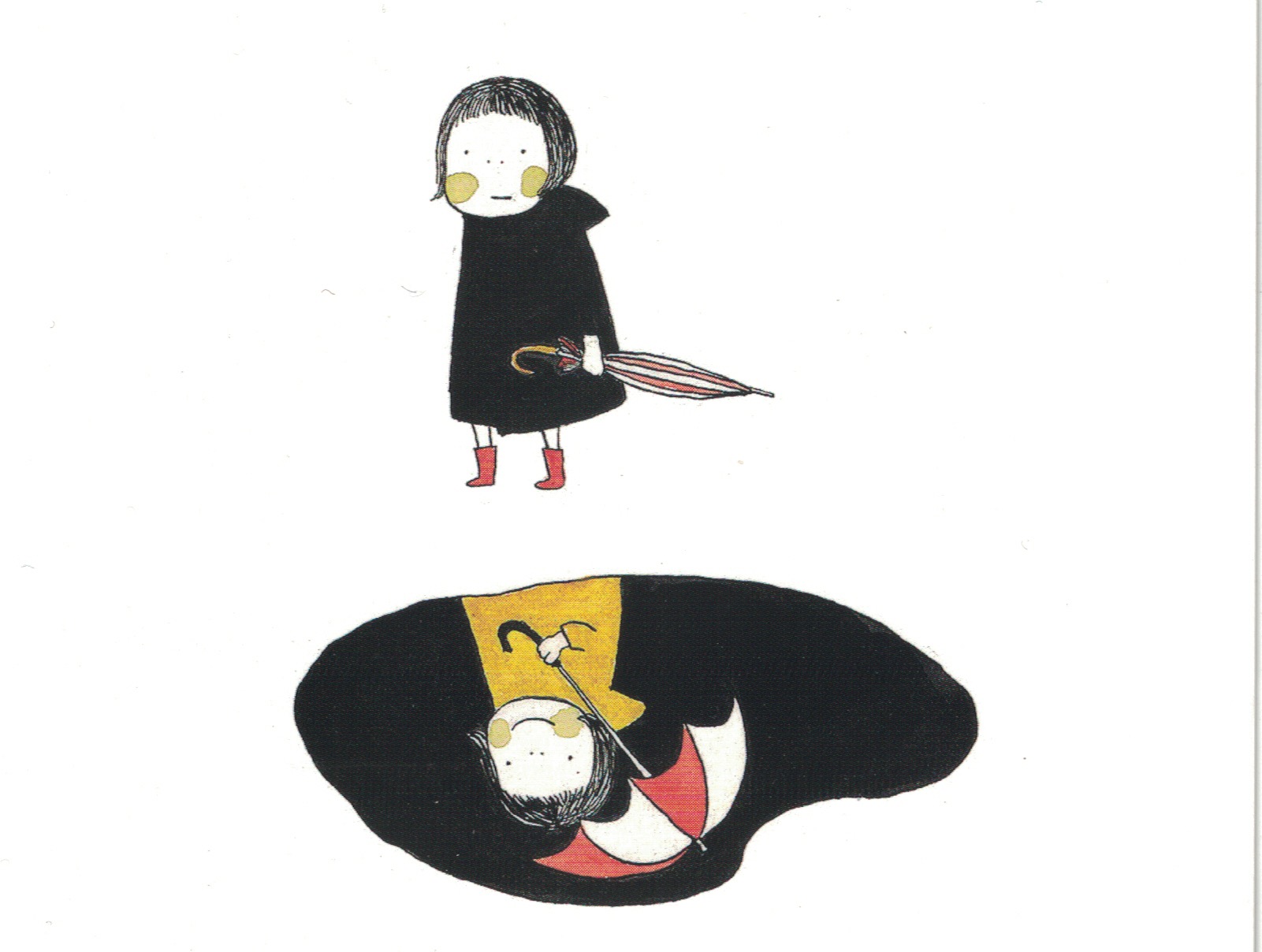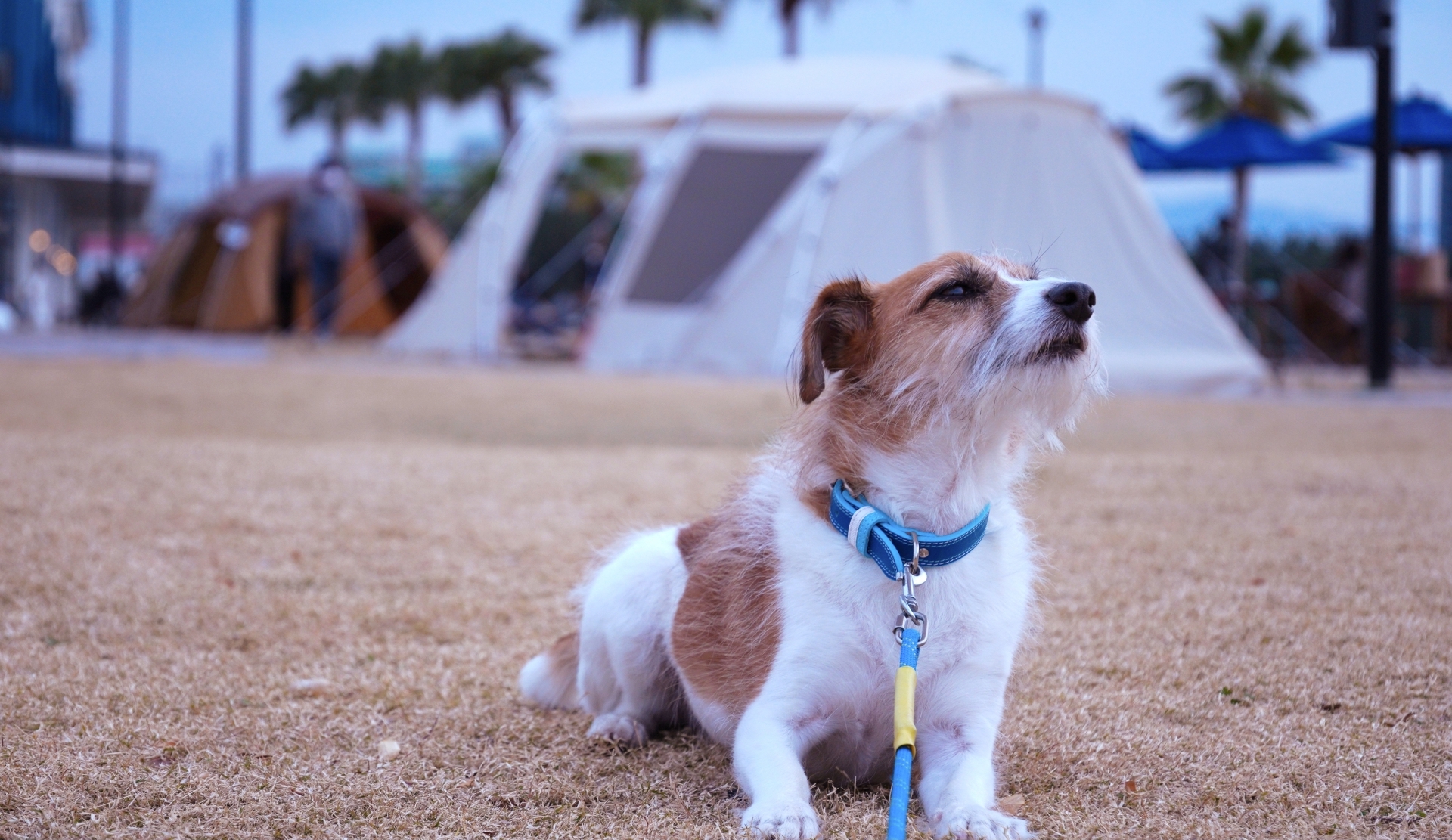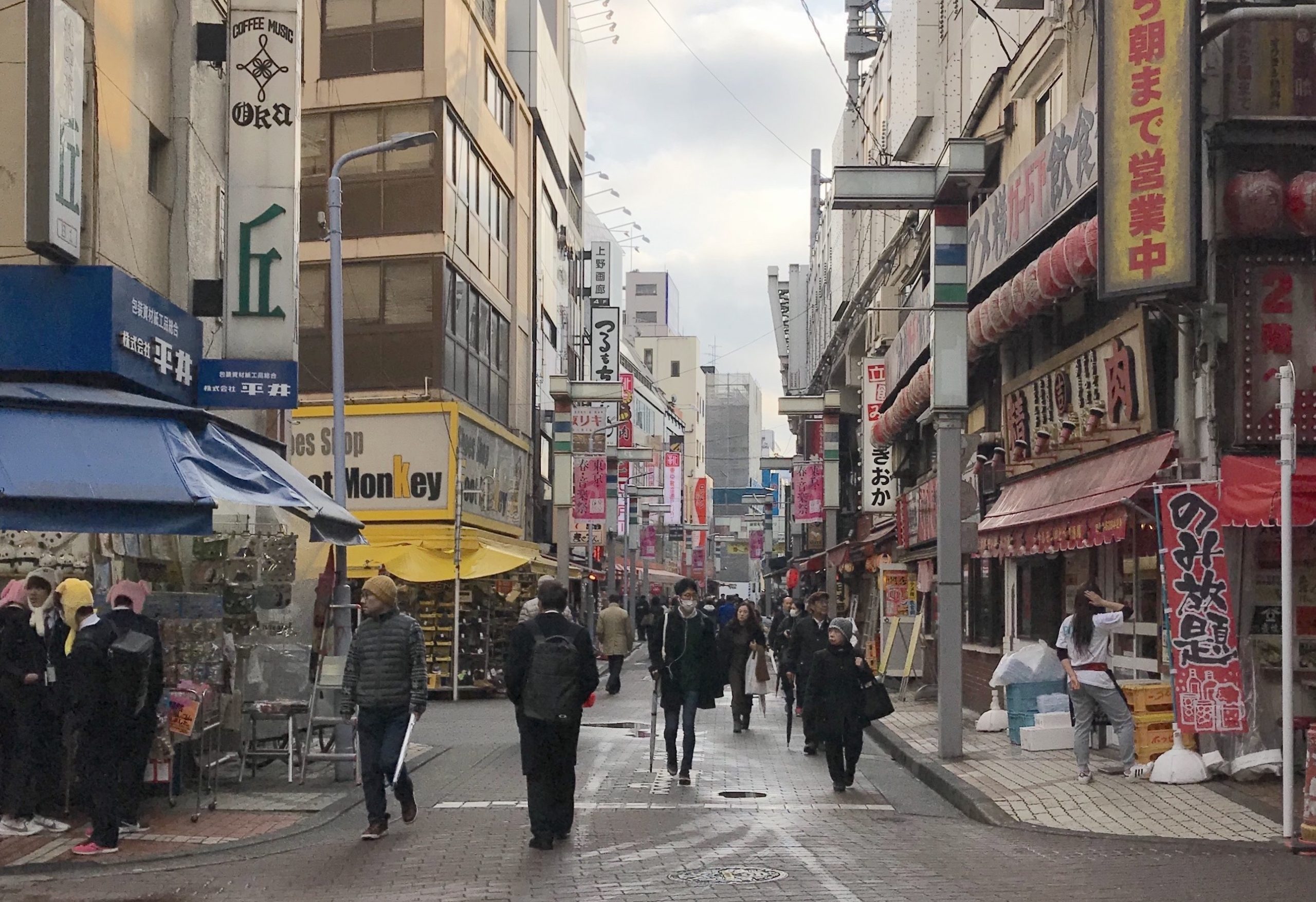振り仮名つき和訳は英文の後にあります。なお、表内の漢字にはルビが出ませんので、英文をご参照ください。/ The Japanese translation with Ruby will be below the English text. We couldn’t ruby the kanji inside the tables, so please refer to the English text for their pronunciation.
EXCEPTIONS IN ADJECTIVES
CONTENTS 1. Four types of Japanese adjectives 2. No-Adjective 3. Zero-Adjective: “onaji”
1. Four types of Japanese adjectives
In Japanese, there are four types of adjectives:
- I-Adjective
- Na-Adjective
- No-Adjective
- Zero-Adjective
Of these, you may have heard about I-Adjective and Na-Adjective. These are by far the largest by number, and textbooks teach them first.
On the other hand, they teach what we call “No-Adjective” and “Zero-Adjective” relatively later. The words of this type are so few in number that you can even call them just exceptions to Na-Adjectives.
However, some words are very practical, so we will tell you about them in this post.

2. No-Adjective
There are a handful of adjectives we call “No-Adjective”.
You can use No-Adjective almost the same way as Na-Adjective.
The only difference is that they need “no” as the linking particle after it, instead of “na”, when they directly qualify a word. Hence the name.
Here is a list of some No-Adjectives and how they are used:
- saikoo 最高 (the best, the highest)
- saidai 最大 (the largest)
- saizen 最善 (the best, the most effective)
- saitei 最低 (the worst, the lowest)
- saiaku 最悪 (the worst, the most unpleasant)
- dokutoku 独特 (distinctive, unusual of character)
Table 1. No-Adjectives
| Word | Example as a noun modifier | Example as a predicate |
|---|---|---|
| saikoo | Kyoo wa saikoo no tanjoobi deshita! (Today was the best birthday I have ever had!) | Kotoshi no tanjoobi wa saikoo deshita! (This year’s birthday was the best!) |
| saidai | Jon-san wa sekai saidai no Pokemon no korekushon o motteimasu. (John has the world's largest Pokemon collection.) | Jon-san no Pokemon no korekushon wa sekai saidai desu. (John's Pokemon collection is the largest in the world.) |
| saizen | Saizen no doryoku o shimashita ga, tomato wa yokunarimasendeshita. (We did our best, but the tomato plant died.) | Tabun sono yarikata ga saizen deshita.(Maybe that measure was the best to take.) |
| saitei | Kore wa saitei no shigoto desu. Kiken na sagyoo de, kyuuryoo wa totemo yasui desu kara. (This is the worst job. It’s very dangerous, and the pay is very cheap.) | Sonna shigoto wa saitei desu! (Such a job is the worst/horrible!) |
| saiaku | Imooto to kenka-shite, saiaku no kibun desu. (I had an argument with my sister, and I feel terrible.) | Imooto to mo tomodachi tomo jooshi tomo kenka shite, kyoo wa saiaku desu. (I had an argument with my sister, a friend and my boss; today was terrible.) |
| dokutoku | Sansho wa dokutoku no kaori ga shimasu. (Sansho has a distinctive aroma.) | Sansho no kaori wa dokutoku desu ne. (The aroma of sansho is distinctive, isn’t it?) |
3. Zero-Adjective: “onaji”
There is an adjective we can call “Zero-Adjective” for convenience.
It is “onaji” meaning “the same”.
When you directly qualify a word with it, it doesn’t need a linking particle such as “na”.
On the other hand, we can use it in the predicate exactly like a Na-Adjective.
- Onaji 同じ (the same)
Table 2. Zero Adjective
| Word | Example as a noun modifier | Example as a predicate |
|---|---|---|
| onaji (the same) | onaji ookisa (the same size) | Immoto to watashi n iken wa onaji deshita. (My sister's and my opinions were the same.) |
[End of the English post]
例外的な形容詞
目次 1. 形容詞の四つの種類 2. ノ形容詞 3. ゼロ形容詞
1. 形容詞の四つの種類
日本語には、次のような四種類の形容詞があります。
- イ形容詞
- ナ形容詞
- ノ形容詞
- ゼロ形容詞
これらのうち、イ形容詞とナ形容詞は聞いたことがあるかもしれません。この二つのタイプの形容詞が大多数で、教科書では初めの方に出てきます。
一方、ノ形容詞とゼロ形容詞はもっと後で出てきます。このタイプの形容詞はとても少ないので、ナ形容詞の例外と言ってもいいかもしれません。
でも、実用的な言葉が多いので、ここでご紹介したいと思います。
2. ノ形容詞
この種類の形容詞を仮にノ形容詞と呼んでおきます。

ノ形容詞はナ形容詞とほとんど同じように使えます。たった一つ違うのは、直接言葉を修飾する時、つなぎに「な」でなく、「の」を使うことです。
ここに例と使い方をいくつか挙げます。
- 最高
- 最大
- 最善
- 最低
- 最悪
- 独特
表1 ノ形容詞
| ノ形容詞 | 名詞修飾の例 | 述部の例 |
|---|---|---|
| 最高 | 今日は最高の誕生日でした! | 今年の誕生日は最高でした! |
| 最大 | ジョンさんは、世界最大のポケモンのコレクションを持っています。 | ジョンさんのポケモンのコレクションは、世界最大です。 |
| 最善 | 最善の努力をしましたが、トマトは良くなりませんでした。 | 多分そのやり方が最善でした。 |
| 最低 | これは最低の賃金です。 | その時給は最低です! |
| 最悪 | 妹とけんかして、最悪の気分です。 | 妹とも、友だちとも、上司ともけんかして、今日は最悪です。 |
| 独特 | 山椒は独特の香りがあります。 | 山椒の香りは独特ですね。 |
3. ゼロ形容詞
この形容詞は、とりあえずゼロ形容詞と呼んでおきます。
「同じ」という言葉なのですが、名詞を直接修飾する時、「な」のようなつなぎの言葉がいらないのです。
ところが、述部に使うときは、ナ形容詞と全く同じように使えます。
- 同じ
表2 ゼロ形容詞
| ゼロ形容詞 | 名詞修飾の例 | 述部の例 |
|---|---|---|
| 同じ | 同じ大きさ | 妹と私の意見は同じでした。 |
[和文部終わり]




